A Comprehensive Account of My 3-Month Bulking Experience & The Results
It’s been just over 1 month since my “3-month bulk” officially ended, but I feel like I’ve been able to fully digest the bulking process, and I’m ready to share what I hope to be an informative and useful account of my bulking experience with you.
This blog post includes:
- The 3 biggest takeaways from my bulking experience
- What made me want to start bulking
- Learning about bulking (& what I was doing wrong)
- The bulking process – eating, exercise, & sleep
- My results
- Bulking habits to keep, and not to keep
- Final reflections
I’m writing about my 3-month experience with bulking so you can:
- Understand the habits necessary to a successful bulking program
- Anticipate and overcome potential challenges
- Give you tips and advice to creating your own bulking plan
- Decide whether or not bulking is relevant to your personal goals
I hope you learn a lot and enjoy doing so in the process!
Much of what I will share with you is specific to me, while other parts of it will hopefully be more general. Keep in mind that everybody is different, and what worked (and didn’t) work for me might not work (or might actually work) for you. The only way to really figure out what works for you is to stick with a process for an extended period of time, be consistent with practices, and objectively measure your results. Only then can you really know if the process was or was not effective for you.
I’ll Start Off with The 3 Biggest Takeaways from My 3 Month Bulking Experience
1.The bulking diet was the hardest thing.
I’m used to eating what I need. I have no desire to stuff my face, and I also hate wasting things. However, in order to be successful with bulking, I soon realized that I would have to be quite serious about my eating, eat more than I thought I needed, and eat more than I wanted to.
2.Changing my fitness routine to revolve around my resistance training.
When done right, yoga can be an incredible way to build more muscle mass. Increasing your mobility, improving muscle activation, facilitating faster muscle recovery, and strengthening auxiliary muscles is extremely important for strength training. But the best workout to build muscle is the strength training itself. During the bulking process, I made a special effort to avoid unnecessary yoga workouts and conserve my energy my weight lifting or HIIT workouts. Not to mention, I’ve been doing yoga almost daily for 5+ years. Volume is one way to grow muscle, but intensity and variety are the other two ways, so it was a good idea for me to put all of that yoga to use with the weights, and I’m glad I did!
The yoga training I had done leading up to weight training had prepared me very well to get serious about weight training – way more ready than I was when I was in high school throwing weights around, with little to no idea about how to lift properly.
3.I didn’t realize how much I needed this.
The 6% body fat percentage revealed by the InBody assessment probably would have been around 6% even if I had done the test 3 years before April 2018. My body had been in that state of deprived calories for at least 2 years. I never counted calories (and still don’t), but I’m certain that I was well below the amount of calories I needed to accomplish the physical tasks I was putting my body through on a daily basis.
It’s hard to see change over time, but the lack of strength work was apparent when I went to a group workout class in March 2018 and got my ass handed to me by plenty of guys who were probably in “worse” shape than I was.
I was also surprised to hear that if I wasn’t waking up every day with an erection, that this was an indication that something was wrong with my hormones. The good news is that these issues of strength, endurance, and sex drive were all successfully addressed after ~3 months of hard work in the bulking process.
Part 1: The Motivation & Deciding to Start Bulking
The “weigh-in”, or InBody assessment, at the end of April that prompted the beginning of my bulking process revealed that my total weight was 163 pounds, and my fat percentage was about 5.6%. Here are some other measurements and self-assessments that I would use to gauge the effectiveness of my bulking:
Assessment Categories
Weight & Body Composition
Before:163 lbs, 5.6% body fat
Muscle Tone
Before:Very toned, sharply defined muscles.
Overall Power
Before:Great, but only in very short bursts. Fatigued very quickly.
Sleep
Before:No issues, 7.5-9 hours per night, along with naps 60-90 minute naps 1-2x per week.
Sex Drive
Before:Relatively average.
Endurance
Before:Very little sustained strength for anything more demanding than yoga. Muscles felt drained, and I felt almost immediately drained in cardio or HIIT workouts.
Feeling hungry
Before:Would usually fast as long as possible until I could not wait any longer to eat.
What made me want to start bulking?
Hearing about the potentially lowered hormonal levels was the final straw, but I had not been feeling like myself for years.
I was always the guy who could push himself to beat out the competition. I might not be the strongest or the biggest, but I would outwork the competition. I’m an athlete. I played lacrosse in college, and I continue to play as competitively as I can in a men’s league now. But I had lost a significant amount of muscle since college, and I really wanted to get back to feeling (and looking) the way I personally viewed myself.
Deep down I always knew that this leaner me wasn’t the real me, and in my conversations as well as to myself I joked about how much muscle I had lost, but I also fully expected to one day return to regular weight lifting and get back to where I used to be – and hopefully be even stronger, now that, thanks to my mobility practice and improved muscle activation, I had corrected most of the imbalances and mobility deficits that held me back from my maximum strength potential.
I guess the final piece of the puzzle driving me to want to be serious about this was the fact that I am a huge advocate for integrating yoga with weight training. If I couldn’t stick out a program myself, how could I recommend it to other people without being a hypocrite? I decided that I needed to set my ego aside, be willing to change my lifestyle, get the information I needed, do the hard work, and commit to the process.
Looking For A Program?
If you’re looking to start a yoga routine to lose weight, gain muscles, flexibility, and strength, Man Flow Yoga offers on-demand structured programs that complement your lifestyle and schedule. Sign-up below!
Signup for the FREE 7-Day Challenge
Part 2: Learning About Bulking
The first part of this process involved learning what I needed to do to actually add on weight. There’s a great analogy when it comes to energy that says something along the lines of, “in order to increase your energy, you have to figure out where your energy is leaking first”. Applying this concept to bulking, I first needed to figure out what I was doing incorrectly to make sure that my efforts to gain weight would be as significant as possible. In other words, I needed to stop doing many of the things that were keeping me lean.
What I was doing wrong:
1. I paid too much attention to mainstream fitness
Everybody was talking about the benefits of low-carb diets, and I just assumed that a low-carb diet was what I should be doing as well. But in my case, as an active guy with very high base metabolic rate working to improve fitness performance, that was exactly what I should not be doing. Not to mention, the majority of people who buy into the fitness industry are looking for solutions to LOSE weight – not gain it, and I stupidly assumed that if I just ate more vegetables and more fat that it would magically make up for the carbs I was missing out on. Wrong.
2.Not enough regular resistance training.
For the last 4 years, I traded my 2-3 weekly resistance training workouts for daily yoga workouts, along with inconsistently doing bodyweight workouts that mainly focused on pull-ups. This, combined with the low-carb diet, my fast metabolism, and the multiple yoga workouts I was doing on a daily basis, resulted in a much leaner version of myself.
3.My workouts had WAY too much volume.
One of the issues I was having with weight training was going over the top with my lifting sessions. On squat day, I would end up doing 50, 60, 70+ reps of weighted back squats. Deadlifting days involved 3 x 10 as a warm-up, followed by hip thrusters when I couldn’t deadlift another pound.
My recovery times were insane – it took me 4, 5, and sometimes even 7 days to fully recover from my workouts. I assumed that this was due to my low-carb diet, but this soreness persisted even after my body fat percentage returned to the healthier 8-10% realm.
What I learned
What I learned from this is that most of the workouts you see posted online, or even those written in books by fitness “experts” aren’t appropriate for you. (I even know of one guy in particular who insists that overtraining is not a thing, as long as you spend enough time on recovery.) The issue with this is we kill ourselves in our workouts, but then we don’t give ourselves enough time to recover.
We try to be smart and listen to our bodies, but then play head games with ourselves in which we seesaw between “I really should let my body recover” and “I need to push myself through this next workout”. In reality, we should be doing workouts that are appropriate for our fitness level, and if we feel sore for 3 or more days after a workout, we probably shouldn’t be doing that workout on a regular basis.
Part 3: The Bulking Process
Now that I had the information I needed, I was ready to put it into practice. Of course, the learning what I needed to do was the easiest part, and it was now time to put in the actual hard work – so I could get the results. There are three separate areas of fitness that I specifically addressed in order to make the bulking process a success. But I also did it in a way that did not require me to drastically change my lifestyle or decrease my quality of life.
Area 1: Eating
I mentioned earlier that eating was one of the surprisingly most difficult aspects of the bulking process. Eating became like workouts in a sense that I had push myself beyond what was comfortable. Let’s get into specifics.
1.Stuff your face every morning.
I started every morning with a large breakfast, which I usually had to force myself into finishing. It was no different than finishing another set of exercises, even when I felt my body had certainly had enough. The difficulty here was that this process added on about 30 minutes to my morning routine. I could no longer just make my smoothie, brew my coffee, and then take it in a to-go cup to work. I had to cook eggs, mix in some carbs, and sit down to slowly chew my food before going to work.
2.I get to eat carbs!?!
I started eating carbs again for the first time in YEARS. I went from having carbs once per week to having calorically-dense carbs with EVERY meal. Pasta, tortillas, rice, and beans were back on the menu for the first time since 2014. Sweet potatoes, which had already been a part of my diet, now seemed like a light snack compared to these heavier carbs.
3.Strategies to increase appetite
I know all about strategies to decrease appetite, but didn’t know much when it came to the opposite. I now had to adopt practices to make myself want to eat more, instead of wanting to eat less. There was only one thing I already did to increase my appetite, and that was preparing food. (I prepare most of my own meals, and this process helps you get hungry.) But I also had to start doing way more than just that. The 3 main practices included:
- Activities to stimulate the parasympathetic nervous system, aka the “rest and digest” system, which increase your appetite and help your body digest food more effectively.
- Eating carbs to increase appetite. Believe it or not, my favorite food item to do this turned out to be potato chips. They weren’t that salty, and the only ingredients were potatoes, sea salt, and olive oil, but they were still potato chips, and they certainly helped!
- Decreasing water intake around meal time. I made this mistake when I was younger. I filled up on milk (I was totally ignorant at the time, I was only a kid – I don’t drink milk anymore) before meals and didn’t eat enough of my food. I made sure to avoid consuming water around meal times, and I would try to wait at least 15-30 minutes until after eating to have any water.
4.Goal: Never be hungry.
It wasn’t that I was never hungry. I’m still human. I get hungry. The point is that if I ever was hungry, I needed to get myself to my kitchen, because I should be eating. I now had this weird, inverse relationship with food. Instead of being hungry and stoically ignoring it, hunger was something that had to be immediately taken care of. It got to the point where I felt guilty about missing a single meal, and for the sake of consistency and my desire to put on additional weight, I very rarely missed out on getting myself some food when I felt hungry. This was challenging, because there was no immediate feedback to tell me that eating that extra meal was a good thing. If I missed it, the event passed without anything happening. The only indication that any of that eating paid off was when I weighed myself once per month at my InBody assessment.
5.Fewer vegetables & healthy fats, more room for carbs.
This was one aspect of dieting that was also hard to get used to. I was used to cooking a large amount of vegetables with most meals, and then stuffing myself with as many veggies as possible to get full. Now, however, I needed to be sure to leave as much room in my stomach as possible for the higher-calorie carbs, like beans, pasta, and rice. I did my best to get a healthy portion of vegetables after stuffing myself with carbs, but I often got to the point where there was no room.
Thankfully, I was still getting a huge portion of greens in my daily smoothies, but without this, I think I would have been concerned about a veggie deficit. Avocado consumption took an unfortunate nosedive, but I’m hoping it was somewhat made up for by increased intake of wild-caught salmon, grass-fed butter, and MCT oil.
Eating Practices I Still Avoided
Despite eating way more food (and many many more carbs) than I was used to, there were a few things I could have done to increase my carb intake, but did not do, mostly because I just didn’t feel good doing them. Eating breads and sweets fell into this category. I knew that sugar would help me bulk up, but I don’t like the way sweets feel in my stomach, or the sugar rush I get after I eat them. Breads continue to feel awful in my stomach. Tortillas, beans, and pasta seem to be the best carbs for my digestive system, so this is what I tended to stick with.
Area 2: Exercise
In order to add more weight and change my body significantly, I had to change my workout routine significantly. This didn’t mean working out for a longer period of time – it mainly meant changing my workout routine to revolve around my central goal of adding muscle and weight. And that meant weight training.
1.Weights & Resistance Training
In order to build significant muscle, I needed to do more than bodyweight exercise. My goal with weight training would be to stress my muscles with heavier weights and time under tension, rather than yoga postures. My workouts typically used 3-4 sets per exercise, and no more than 10 reps per set. I also emphasized the eccentric part of the lift (coming down) for at least 3 seconds, usually 1-2 seconds for the concentric part of the lift (going back up).
Note: Free weights are by far the best way to build muscle. I do, however, need to mention that if you do not have a solid foundation of fitness upon which you can lift and avoid injury that you need to address some other aspects of fitness first, namely:
- Proper technique and correct movement patterns
- The body awareness to understand the proper muscles involved
- The necessary mobility levels to complete the full range of motion
2.Less strength or endurance-focused yoga, more yoga for improving muscle activation & technique.
To improve for weight lifting, my yoga workouts shifted to focus more on improving muscle activation with shorter holds, rather than holding for 1-2 minutes (as I was used to). The goal of these muscle-activation focused yoga workouts was to develop awareness in the muscle, but not to exhaust the muscle. It was kind of like saying, “Okay… let’s get this thing turned on. You feel it? Okay, cool. Now relax.” So instead of holding a single-leg bridge for 60-90 seconds, I would hold it for 15-20 seconds. This helped me build muscle awareness and improve movement patterns for when I lifted, but did not exhaust my muscles in a way that took away from energy for resistance training workouts.
3.More restorative yoga and recovery work.
I needed to do less of the workouts that would take away from my goal of building muscle. This meant doing less strength-focused yoga to build endurance, and instead focusing on yoga for muscle recovery and injury-prevention from overtraining. So instead of doing Warrior 2’s, updogs, and lots of balancing postures, I was doing lizard, pigeon, triangle, and other more restorative postures to help with muscle recovery. The sessions also didn’t last as long. Instead of 40-60 minutes, I would spend 10-30 minutes on recovery-focused yoga & stretching.
4.More high-intensity HIIT (high intensity interval training) style workouts.
I also started to do more bootcamp style HIIT workouts. These are great for getting your heart rate up while also building strength. Although this was minimal (I probably did this once every other week on average), I did notice that when I was doing HIIT workouts consistently that my body fat percentage was 1-2% lower than when I was not.
5.Mobility work to complement strength training.
Keeping in line with my general theme of training, I shifted my mobility focus away from improving my overall mobility levels, and instead used mobility work to prepare my body for lifting, or to help it recover from resistance training workouts. This meant doing light self-myofascial release (SMR) work on the major muscle groups I would be using the day before a workout. If my muscles were tight, it meant using SMR techniques to lightly release restricted or tight muscle tissue, to speed up recovery.
Area 3: Sleeping
I already get really good sleep, but adding on muscle is quite the process for your body to handle. During this bulking period, my body demanded more sleep than I was used to.
Here’s what I ended up doing:
1.Adding 1 sleep cycle to my typical night of rest (90 minutes).
A full sleep cycle lasts 90 minutes, and I noticed that my body was not waking up at the time I was used to. If I did wake up earlier, I would end up needing a nap later in the afternoon. My average sleep increased from 7.5 – 8 hours per night to 9 – 9.5 hours per night. I recognize that this is not feasible for many people, but I know intuitively that this was a huge factor in what allowed to grow as much as I did in a relatively short period of time.
2.Afternoon naps, 1-2 times per week.
When I wasn’t getting enough sleep at night, I needed to make it up during the day. Personally, coffee won’t keep me awake if I have some in the afternoon. It just gives me a headache. So rather than try to stay awake, I did my best to get everything done before 3 PM, and then I would take a 30-90 minute nap in the late afternoon. As long as I woke myself up when my body told me that I had had enough extra sleep, I wasn’t groggy in the evening, and it did not negatively impact my sleep during the night. (This practice is somewhat of a developed skill though, and it’s really important to get up from your nap when you start to regain your energy and wake up a little bit, as opposed to shifting to a more comfortable position and then going back to sleep again. This usually leads to a lethargic, grumpy evening, a poor night of sleep, and a crappy next day.)
3.Stress and tension-relief practices to enhance sleep.
You have to make an effort to better sleep. It usually doesn’t just happen naturally – even if you’re working yourself to exhaustion during the day. It’s important to help your body wind down with the necessary practices on a consistent, near-nightly basis. Some practices I utilized for this include:
- Screen Curfew – cutting off access to screens, TVs, smart devices, etc, no later than 8 PM (2 hours before bed). The earlier, the better. General rule of thumb: Turn off the lights when it gets dark outside. Use amber, low-light lights like salt lamps.
- Self-Myofascial Release (SMR) / Stretching – Light foam rolling, stretching, or mobility work combined with deep breathing is fantastic for winding down. Just 10 minutes of this can be extremely powerful. The sooner in the evening you do it, the better. You should have at least a couple of hours of feeling relaxed before going to sleep, and not just do your relaxing activities right before bed. It takes longer to get your heart rate down then you expect, and lowering your heart rate is one of the biggest determinants of whether or not you get a good night of sleep.
- Work / Evening Buffer – Create a work buffer between your professional life and your personal life in the evening. The goal of this is stress management. This is something I practice myself (when I’m not incredibly busy) and recommend to everybody I work with. It’s very important for your sleep, stress management, and overall health to create a buffer between your stressful work day, and your relaxing evening. This means making a clear delineation, and then after your work is done, not returning to it until after you’ve done your morning routine the following day.
Part 4: The Results
Overall, I feel much better as a result of going through this bulking process, and getting my body fat percentage up to a healthier level. I feel better throughout the day, I don’t feel voraciously hungry anymore on a regular basis, my workouts are WAY better, and I’m finally sticking to my planned workout schedule for the first time in years.
Change #1: Aesthetics
I have lost muscle tone (if you look at my before photos, you’ll notice that my muscles were much more defined, with sharper, clearer angles, and straighter lines) but the increased muscle size and improvements in actual muscular performance have more than made up for this. My thighs, hips, torso, and shoulders are the most noticeable areas of growth, and even though the InBody assessment sometimes does not reflect the growth in statistics, the growth is certainly visible.
Change #2: Weight & Body Composition
At my heaviest, I reached about 183 pounds, with the 20 lb difference mostly being made up of stored fat. At this point, my jeans were getting a bit too tight, and my waist was larger than I wanted it to be. (However, when your total body fat percentage is at 5.6%, adding fat is definitely a good thing.) I’m now hovering around 178-180 pounds, and this is where I plan on staying. It’s actually about 10 pounds heavier than I was when I was in college, but most of that difference is accounted for in the shift from upper-body focused exercises (college meathead in the weight room) to more functional lower-body focused exercises (yoga combined with compound lower-body lifts like squat & deadlift).
Change #3: Performance, Quality of Life, & Other Health Factors
Performance is better in almost every regard as a result of the bulking process. Even my overall flexibility & mobility levels have improved. Before the bulking process, my body was starving for fuel at the very low body percentage I was hovering around, and even though it took quite a long time to add on weight and increase my body fat percentage, the extra available energy I now had was very very noticeable. I was also lifting more, recovering more quickly, and taking fewer naps.
Here’s the before, during & after in terms of the criteria I mentioned at the beginning of this blog:
Assessment Categories
Weight & Body Composition
Before:163 lbs, 5.6% body fat
During:Peaked at 183 lbs, 11% body fat
After:~176-180 lbs, 9-10% body fat
Muscle Tone
Before:Very toned, sharply defined muscles.
During:Less defined, but significantly larger & bulkier.
After:Larger, still very defined. More muscle in hips, shoulders & arms in particular.
Overall Power
Before:Great, but only in very short bursts. Fatigued very quickly.
During:Improved, and also had significantly more endurance.
After:Consistently higher.
Sleep
Before:No issues, 7.5-9 hours per night, along with naps 60-90 minute naps 1-2x per week.
During:Required more sleep, consistently requiring 9 hours sleep per night, and 60-90 minute naps 2-3x per week.
After:No longer napping, sleeping 7.5 to 8 hours per night.
Sex Drive
Before:Relatively average.
During:Significantly higher.
After:High.
Endurance
Before:Very little sustained strength for anything more demanding than yoga. Muscles felt drained, and I felt almost immediately drained in cardio or HIIT workouts.
During:I got out of breath still, but at least I can continue my workout without feeling total exhaustion, as I did before.
After:Consistently high.
Feeling hungry
Before:Would usually fast as long as possible until I could not wait any longer to eat.
During:As soon as I started to feel a little hungry, made plans to get food in the immediate future.
After:Eating comfortably.
Progress Photos
click to enlarge
Part 5: Bulking Habits To Keep, and Not To Keep
From this process, I learned a lot about updating my wellness routine to reflect my personal fitness goals. I also realized that there are several things that I did during the bulking process that I have no interest in making part of my routine.
Bulking Habits to Keep
1.Eating carbs.
So long as I am filming workouts, doing 1-on-1 in person lessons, and working out on my own, I will not go back to a low-carb diet. Due to my higher level of muscle mass, the fuel required for my high activity level, and the fact that I’m not trying to lose weight, there is absolutely zero reason for me cut back on my eating. As long as I am performance-focused and satisfied with my aesthetics, I plan on keeping carb consumption a regular part of my eating habits.
Healthy Eating Tip: Have Healthy Carbs Ready at All Times
2.Two Weekly Resistance Training Workouts.
This is entirely manageable, important for my aesthetic goals, my performance goals, and for my overall health and wellness. I was not able to feel, perform, and move the way that I wanted to when I was not lifting regularly, and now that I am, I feel much better.
3.1-2 Weekly HIIT / Cardio / Bootcamp-Style Workouts.
Heart health is important. Weight lifting and yoga do address cardio to some extent, but they don’t challenge your cardiovascular abilities in the same way that a HIIT workout does. I also plan on doing more swimming, since this is a challenging activity that is great for cardio, but has virtually no impact on the joints. It also gets me into a nearby cold water creek for some cold water therapy!
3.Evening activities to improve sleep.
Not that I wasn’t doing this before, but this remains very important to my overall, and is something I’ll continue to do. Click here to revisit my healthy sleep habits above.
Bulking Habits to Ditch
1.Eating more than I wanted to.
I’ll eat as much as I want to, and nothing more. I don’t like the feeling of pigging out for a number of reasons (one of them out of how I physically feel, the other due to a feeling of overusing resources), and I maintain higher energy levels more consistently when I’m not.
2.Avoiding intense strength, mobility, endurance or balanced-focused yoga workouts.
Now that I’m back to a more balanced workout routine, I’m able to push myself in a variety of disciplines. While bulking, I had to save my energy for resistance training, but since I’m not trying to gain a relatively large amount of weight in a short period of time, that’s no longer important to my training routine.
3.Scheduling a very demanding training load for myself.
While bulking, I gave myself a deliberately high training load. This is fine to do for short stretches of time, but isn’t really sustainable for more than 3 months at a time. I may have another stretch in the next few months where I turn up my training volume in order to address a specific goal, but for now I plan on listening more to my body and following a training program that is more sustainable in a long-term sense.
Part 6: Final Reflections
This is a pretty comprehensive blog, but there I have a few final points to make that don’t really fit into the other categories. I think that these will help you decide whether or not bulking is appropriate for you, and help you get started if you decide it’s what you want to do.
1.Have a Why.
I think this is the most important part of being successful with any fitness goal. Before you make a plan and put in all the work, you should figure out why you want to accomplish a particular goal in the first place. This is important because it gives you motivation to stick to the plan – especially when you’re tired or want to revert to old habits. It makes it easier to get the results you’re working towards. For me, I wasn’t happy with the way my performed or looked. I just didn’t feel like myself, and I wasn’t pushing myself enough. Remembering that when I thought I was too busy for a workout or didn’t have the energy gave me the motivational boost I needed to do whatever I needed to do at that particular time.
2.Understand that it takes conscious effort to create change.
Most of what we do during the day is out of habit. We’re basically on auto-pilot. It’s challenging to do get into a new routine because it takes more conscious effort, and that isn’t easy. So if you plan on making a change – no matter how small – to your fitness routine, expect that it’s going to take some effort on your part. The greater the change, the greater the required effort.
3.Stick to the plan.
There are days when you’re not going to want to do what’s required, but you need to stick to the plan. This means not skipping breakfast, not skipping your workouts, and making sleep a priority. If you don’t do that, you’re not going to get results.
4.Make this a priority.
If you really want to see significant results, you have to make this a priority. That means that you make bulking more important than other things. You take the time to make sure you have food always available, clear your schedule so you have time for your workouts, and pass up on social activities during the week so you can do what you need to do. I’m not saying stop living your life altogether, but you’re going to have to make some sacrifices for a finite period.
5.Get ready to eat a lot.
I’m saying this again to emphasize its importance. Lifting weights and changing up my workouts was easy, but eating until I felt stuffed on a daily basis over and over again was challenging. It was no different from pushing yourself in a workout, except most people aren’t used to pushing themselves at the table. Just be prepared to eat a lot, and to make having readily available food an important part of your routine.
That’s everything I have to share. I sincerely hope you found this blog helpful. I put this together in the hopes that you would be able to learn from my experiences, and start the process of bulking yourself if you think it’s an appropriate goal for you.
More Bulking-Related Videos from Man Flow Yoga
Eating for Your Fitness Goals
Bulking: Build Muscle With Exercise And Nutrition
Nutrition & Exercise Tips to Effectively Build Muscle
Other helpful blogs
The Most Effective Methods for Integrating Yoga Into Your Workout Routine
How do I integrate yoga into my existing workout routine? The point of this blog is to tell you how to effectively include yoga in your existing workout routine, or how to create a new one including yoga. This blog is packed full of incredibly valuable information, that took years to come up with. Please use it and feel free to share!
Beginners Yoga Strength for Resistance Training
Most yoga workouts aren’t built to complement weight training. Sure, they can help, but they’re made with the idea that yoga (not weight training) is your main form of exercise, and so they don’t account for what you’re already doing with your weight training. This program is different.
Flexibility, Mobility & Joint Health for Inflexible Beginners
When you’re an active guy who’s no longer in your 20s, you get to the point where you realize that you can’t keep training the same way. Certain movements aren’t as easy as they used to be, and you start to feel nagging aches and pains in your shoulders, knees, or lower-back. There are a few main reasons for this, but most of it comes down to one thing – a lack of mobility work.
The Man Flow Yoga Strength Foundations Course
The Man Flow Yoga Strength Foundations Course, this program is designed to improve overall strength and mobility, significantly decrease your risk of injury, and help you get faster results in less time. To help you understand this program, I need to talk about a common issue shared by nearly everybody (both experienced and inexperienced) who works out.
I wrote this blog specifically for athletes who want to build muscle and are interested in knowing how yoga can help. Below, you’ll learn about the biggest differences I noticed before and after I started doing yoga, how doing yoga changed my perceptions of it, and what it taught me about fitness in general.
About The Author
Dean Pohlman is an E-RYT 200 certified yoga instructor and the founder of Man Flow Yoga. Dean is widely considered to be an authority on Yoga for Men. His workouts and programs have been used by professional and collegiate athletes, athletic trainers, as well as Physical Therapists in Texas.
Dean is a successful published Author through DK Publishing (Yoga Fitness for Men), selling 25,000 copies worldwide, in addition to being a co-producer of the Body by Yoga DVD Series, which has sold over 40,000 copies on Amazon since its release in 2016.
Man Flow Yoga has been featured in Muscle & Fitness Magazine, Men’s Health, The Chicago Sun, New York Magazine, and many more major news media outlets.
Looking for non-spiritual, yoga for men workouts?
Learn More About Man Flow Yoga and how it can help you with your fitness goals:
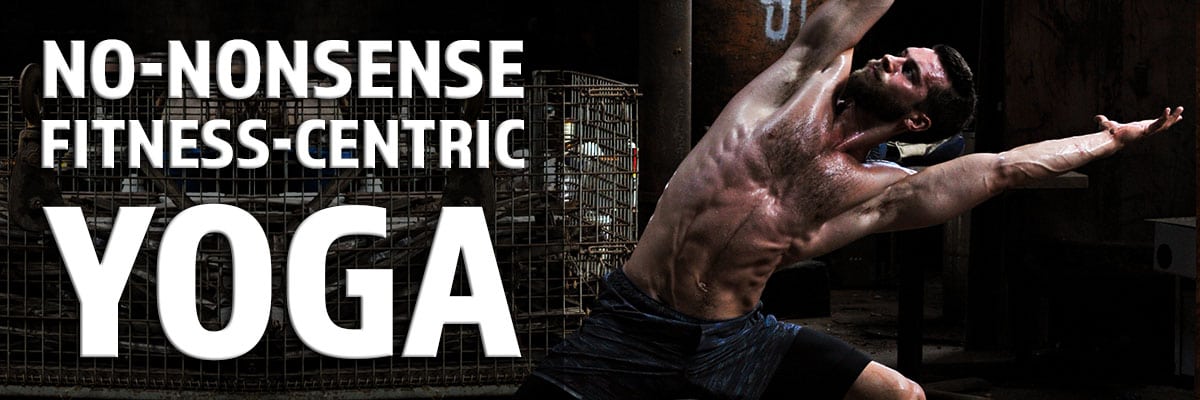 Join Today for Instant Access!
Join Today for Instant Access!
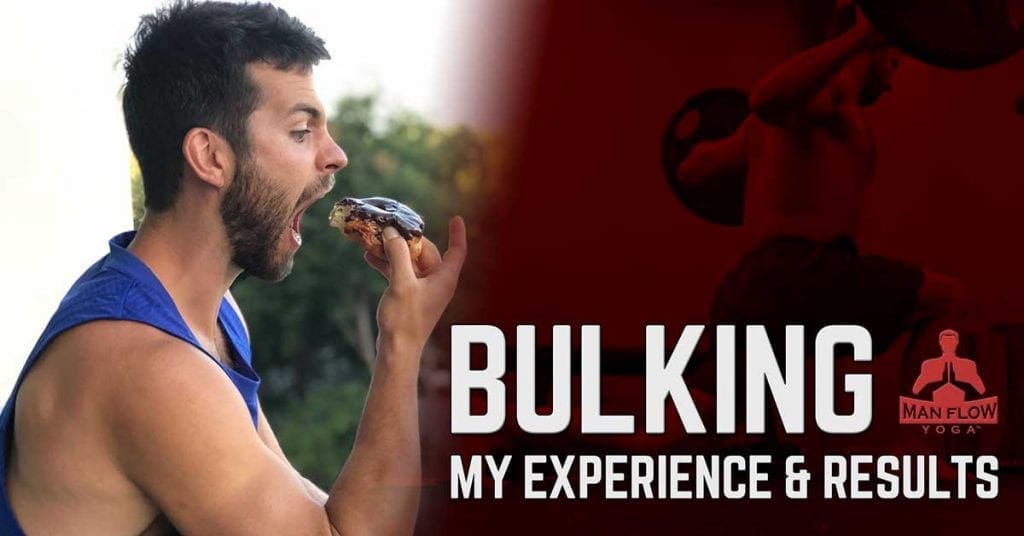
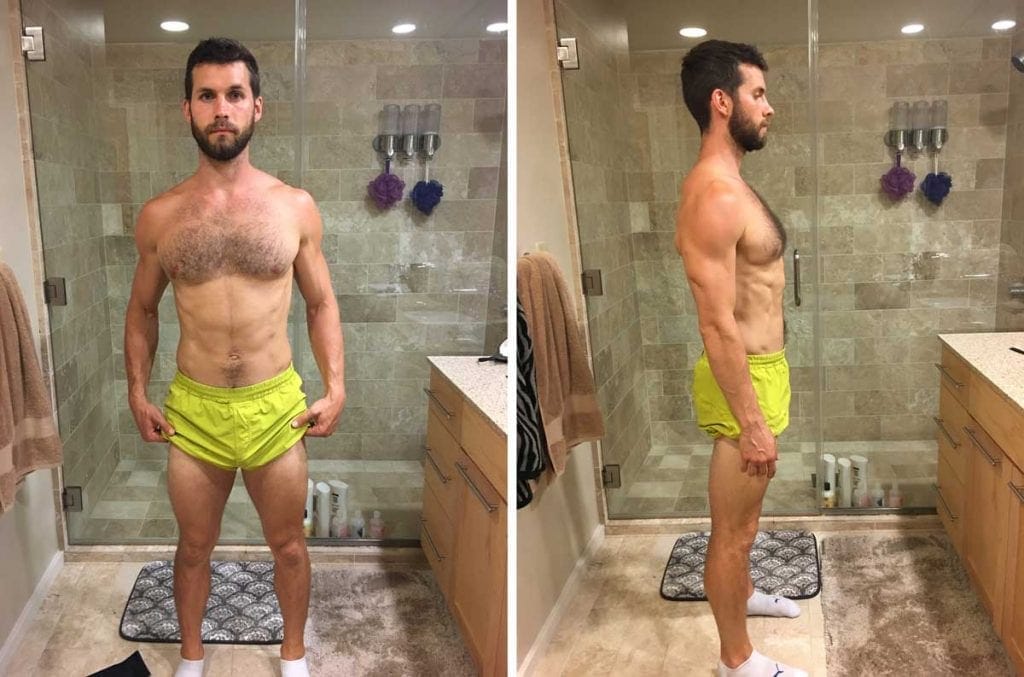
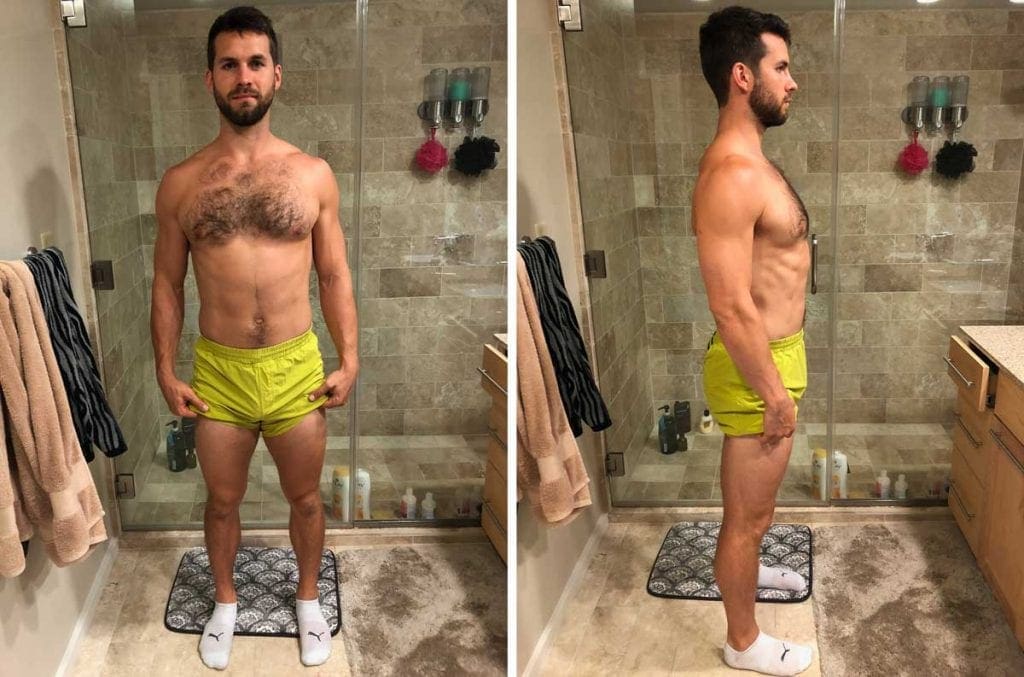 August – During Bulking
August – During Bulking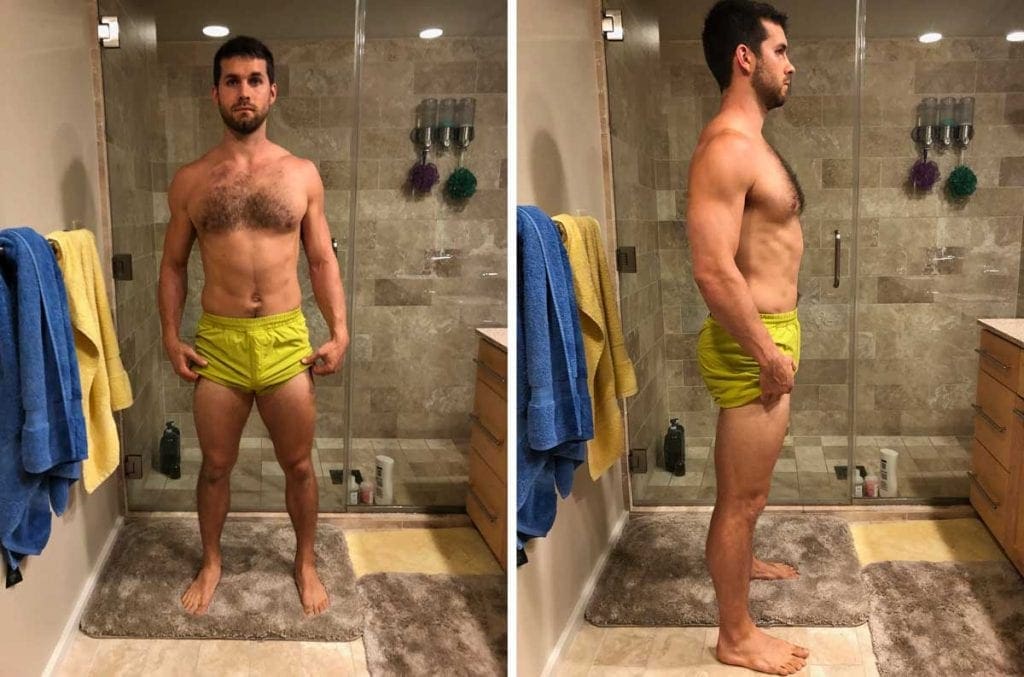 September – End of Bulking
September – End of Bulking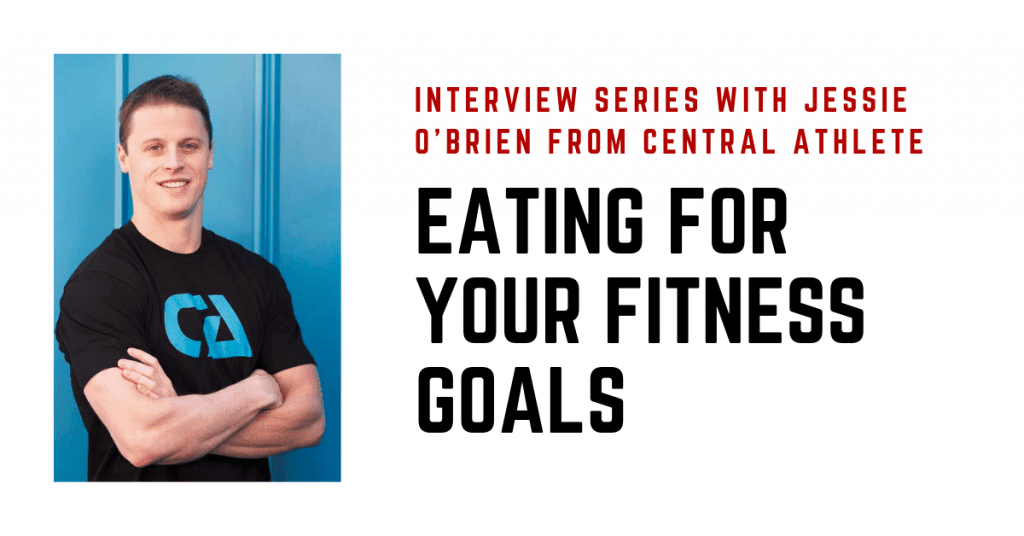 Play Video
Play Video 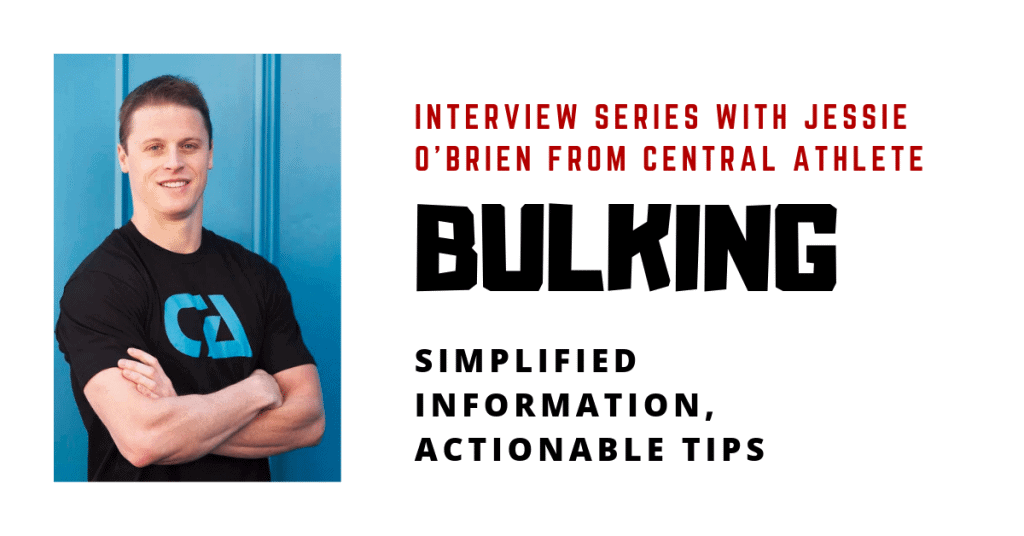 Play Video
Play Video 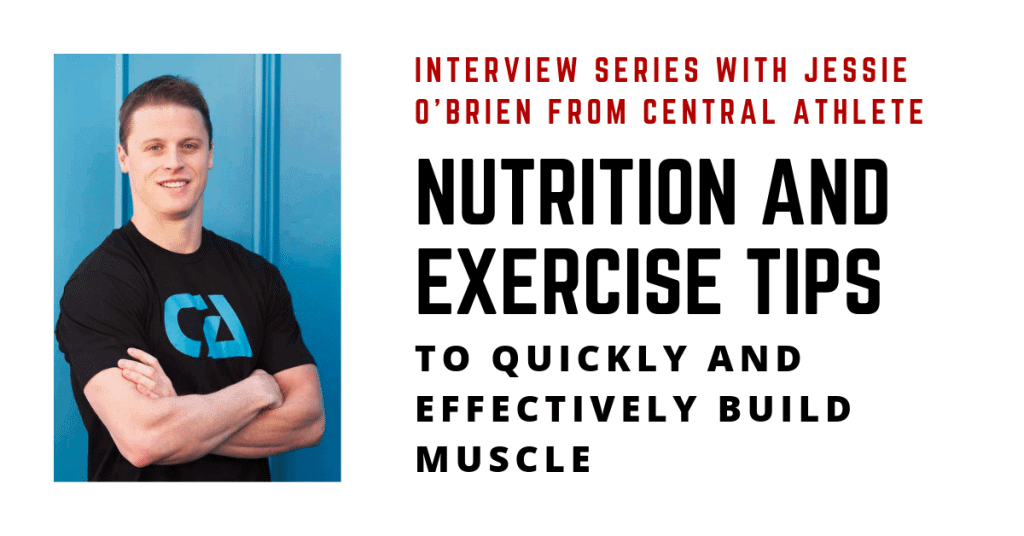 Play Video
Play Video 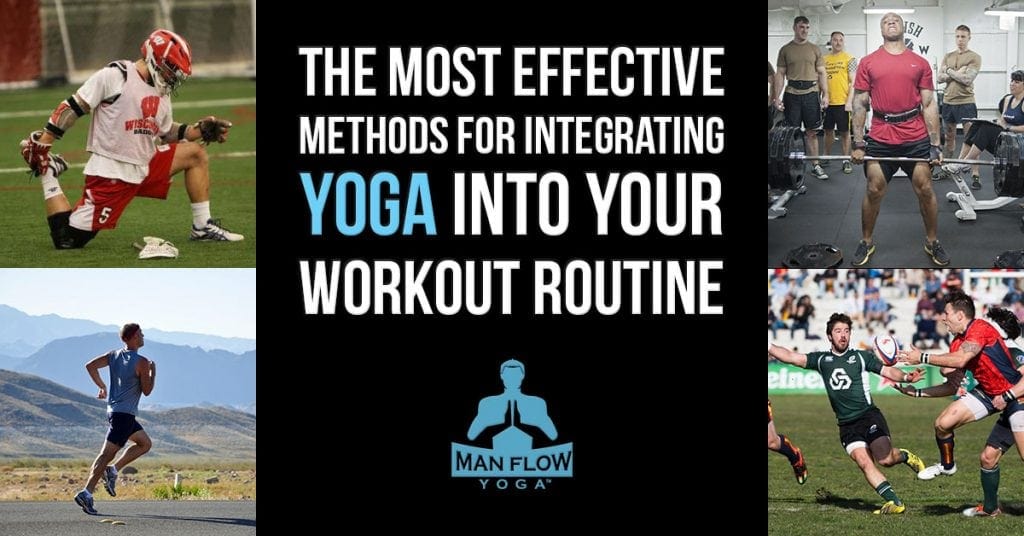
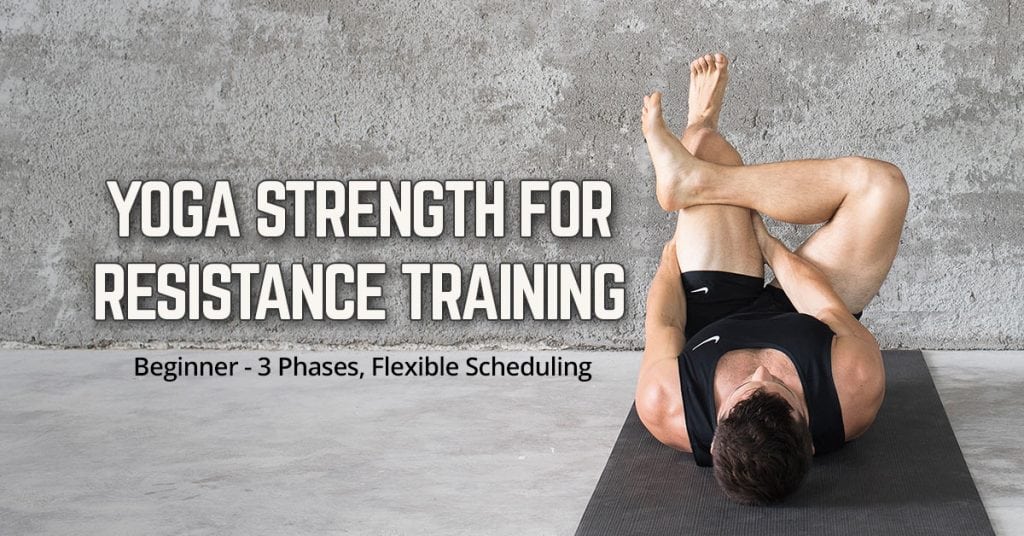

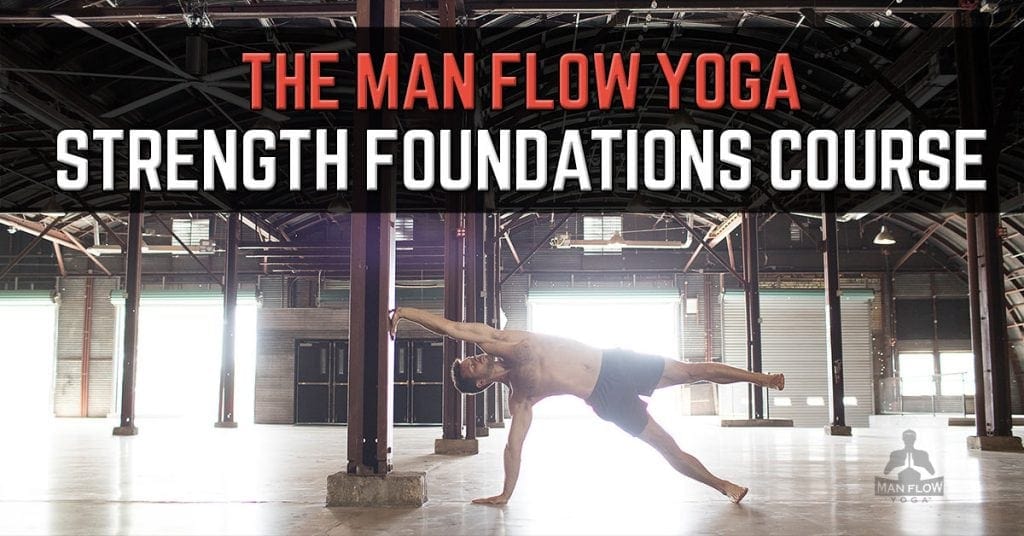
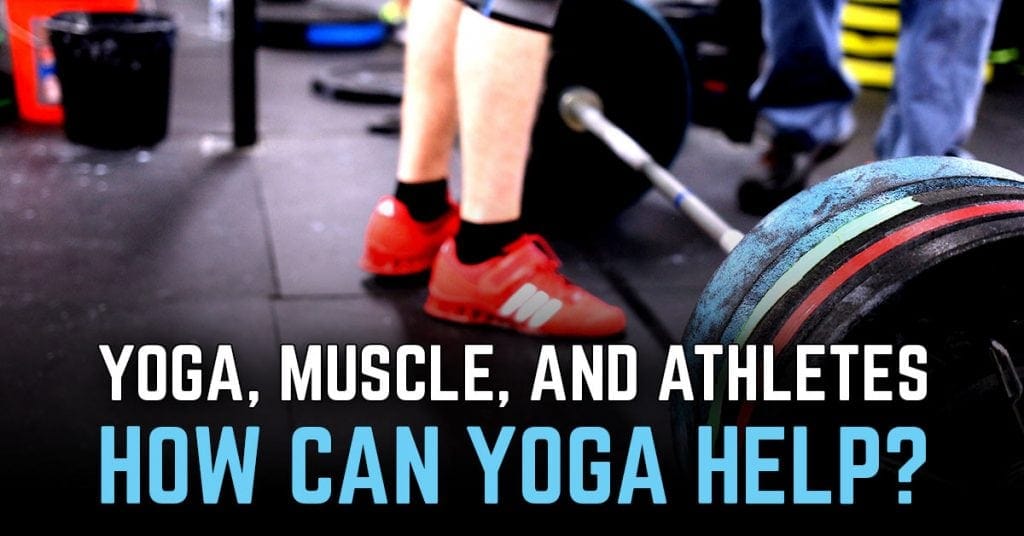
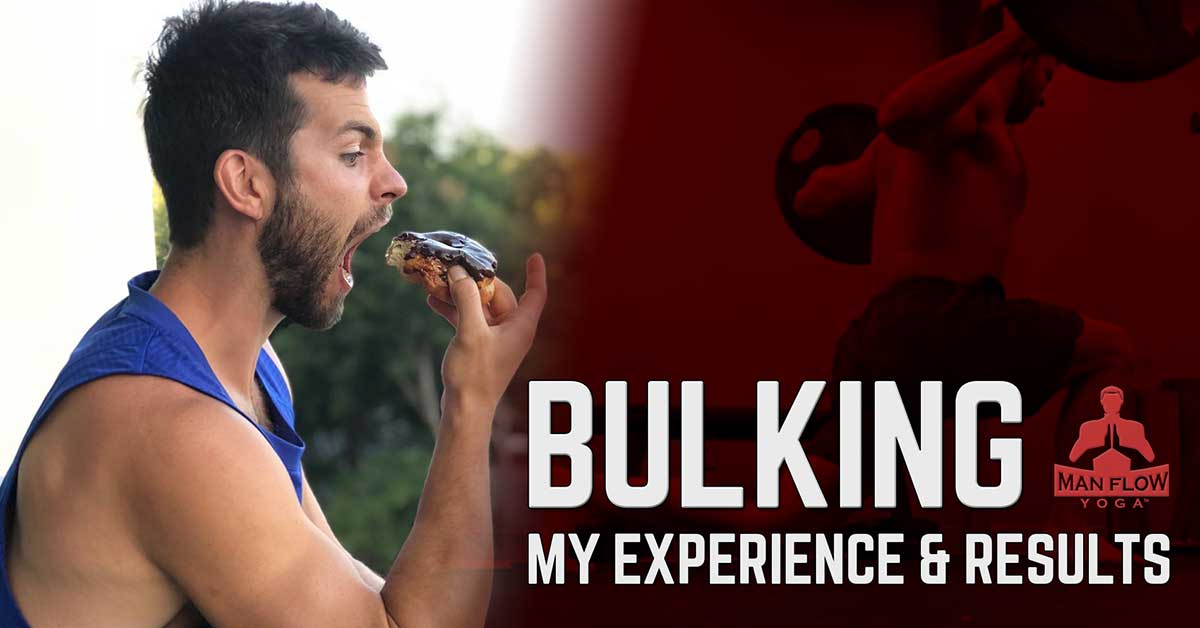
Your site, program, posts, and this one in particular are distinguished by their thoughtfulness and realism. I have done yoga, pilates, bodywork, strength training, etc for years and still learn something. Excellent work and highly recommend!!
Thanks, John!
Great read and helpful tips. I just wish I had your high metabolism. My problem is I eat and it goes to fat.?
There’s plenty of things you can do to speed up your metabolism. The worst thing you can do is resign yourself to the fact and assume the victim mentality.
Congratulations on a great project. The blog is so very clear and well-written. It seems you made a big and beneficial change to your body and your fitness, and learned a huge amount in the process. Thanks for explaining it all to help the rest of us.
Thank you, Leo!! I hope it does help. 🙂
What do you believe would’ve happened had you of kept the same exercise routine but just used the bulking diet that you used for those several months? Could you still have built some lean mass or would it have primarily been fat?
Well it’s all speculation, but I would probably have added on some muscle, as well as fat.
Probably the best explanation of bulking that I have read – mainly because it is honest being motivated by endorsement. I too was a low carb fanboy for years but now having recently gone back to carbs realise how much more energy I have as well as sleep better.
Thanks for manflowyoga Dean – it changed my life
Niren – thank you!! I’m glad this explanation is helpful. 🙂 And I’m even more glad Man Flow Yoga has helped change your life! Congrats on your success.
Thank you for all of this! What about protein or protein shakes?
Maybe once or twice during this 4 month-period I had a protein shake. It was not a factor.
Hi Dean, great article really informative.
Did you track how many carbs you ended up eating while bulking? Also what did your other macros look like?
Ryan – I was not tracking carbs or macros. I was basically just stuffing myself as much as possible to the point where I didn’t throw up.
Damn Dean, i thought you were Superman. Come to find out you’re a mere mortal like rest of us trying to find right balance.
Incredible read.
Thanks for sharing.
Bahaha! There’s nothing special about me. (I really do mean that – not to say that I lack confidence, but just to say that there are 1000s of other people who go through what I do and it’s arrogant and narcissistic to say otherwise.) I hope you enjoyed the blog!
Congratulations! It seems you have done a lot of stuff in the three months.